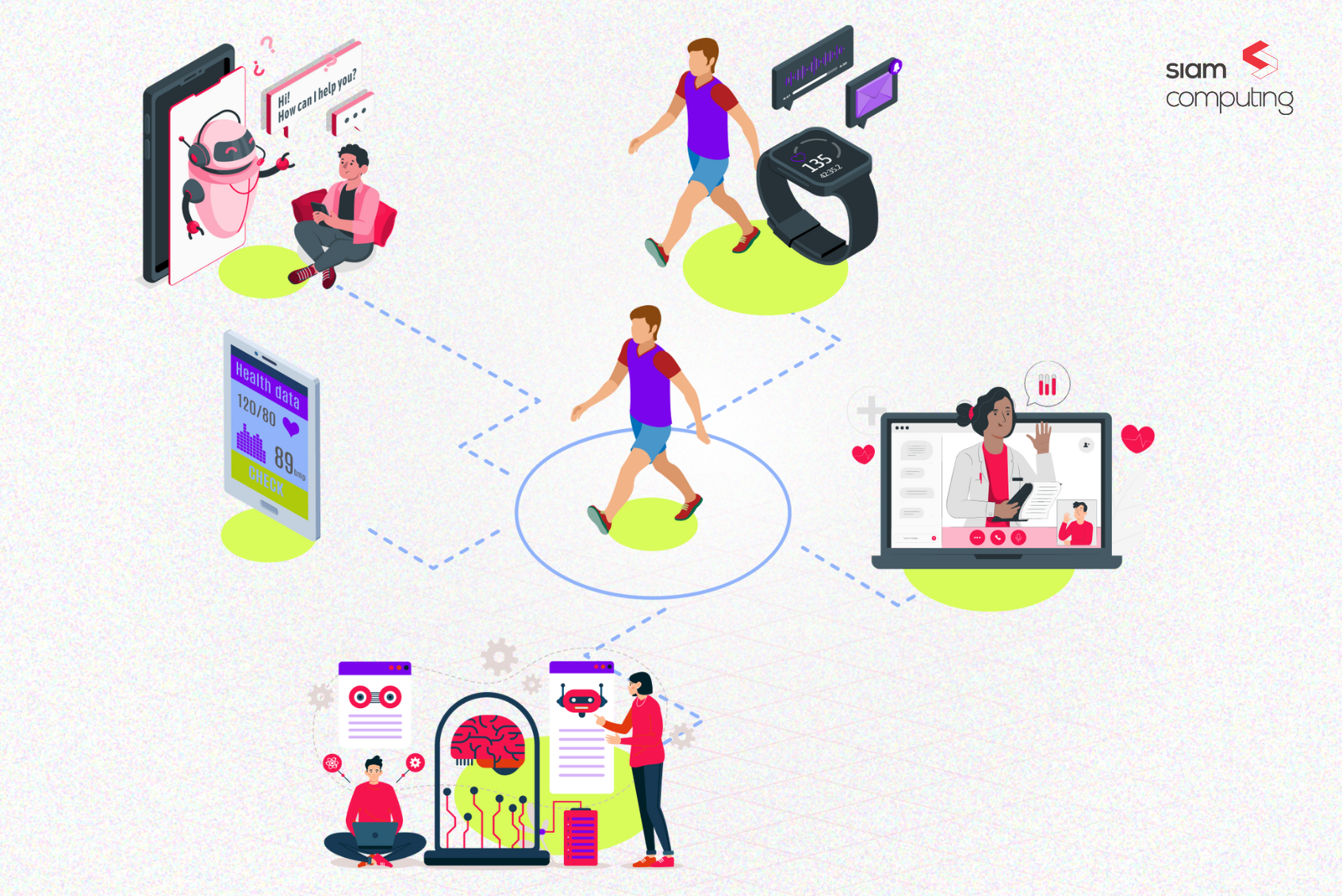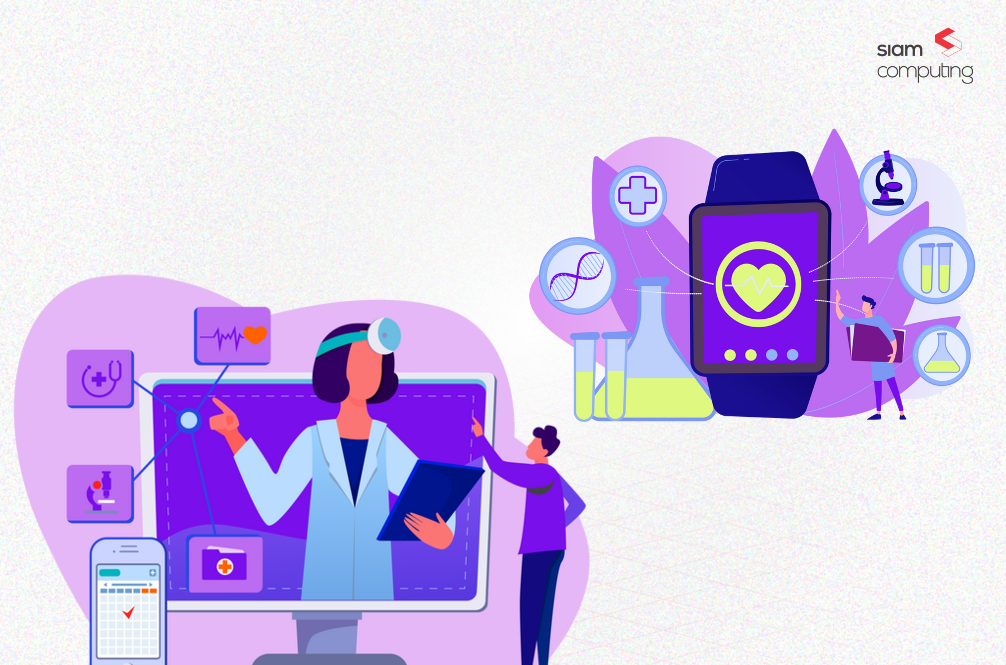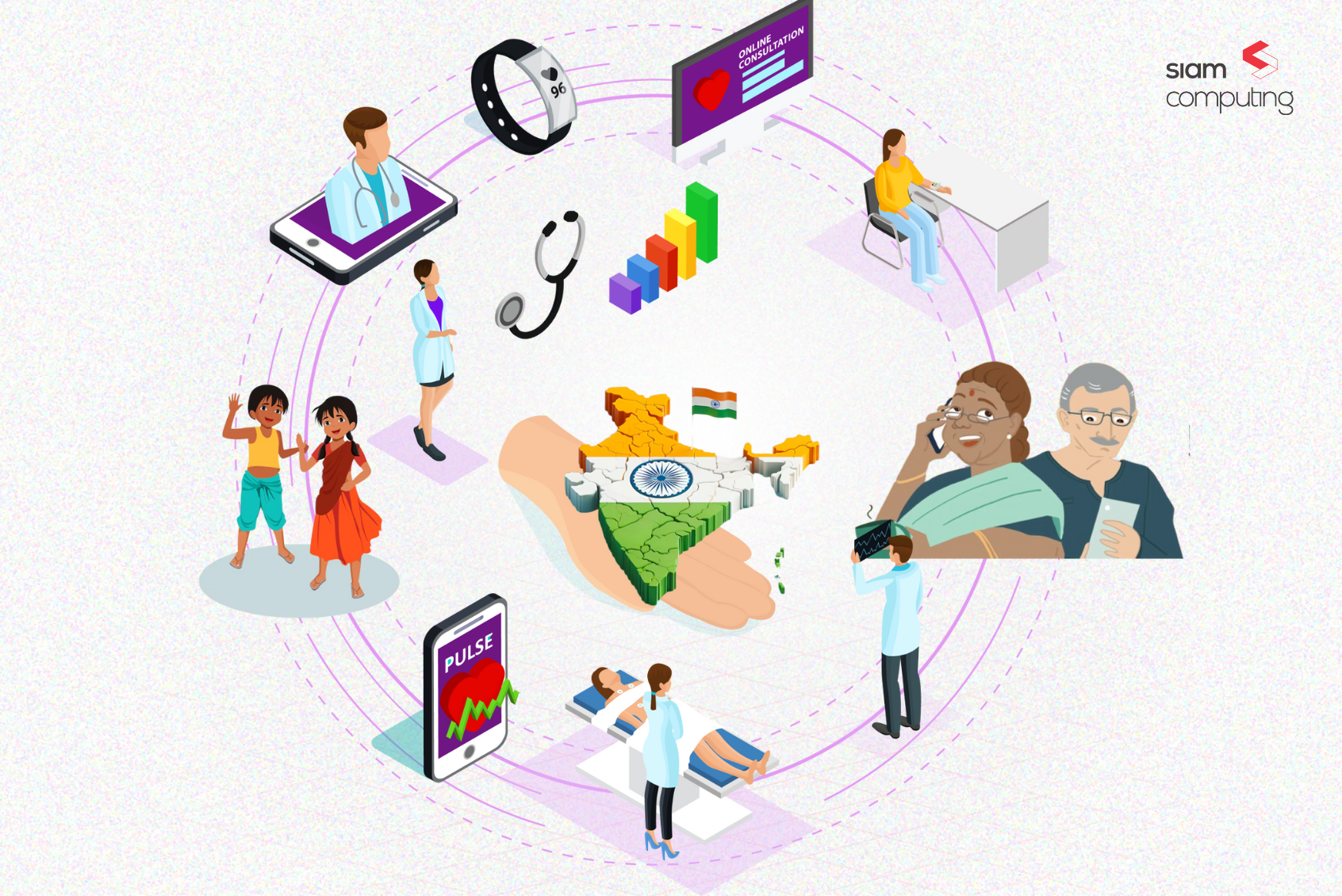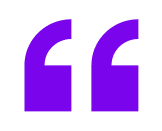What is a Minimum Viable Product (MVP)?
Eric Ries, defined an MVP as that version of a new product which allows a team to collect the maximum amount of validated learning about customers with the least effort. This validated learning comes in the form of whether your customers will actually purchase your product.
One of the two key premises behind the idea of an MVP is about understanding how people actually engage with a product is more useful and insightful than just asking them what they would do. It is also more reliable as a form of feedback to the product team.
The second key premise revolves around producing what looks like an actual product such as a landing page, or a service page/app with what looks like an automated service (which is actually manual at the back-end) that can be offered to customers to understand their actual user experience and behaviours.
Many entrepreneurs are so passionate and driven about their own impressions of their product’s success that they ignore the way the end customer may actually use their product or whether it even has utility in the real world that the end consumer inhabits. The MVP is a great way to help prevent unnecessary and costly investments in time and efforts towards a product that is not ready for the market or (worse),which the market has no need for.
The Benefits of an MVP
Provides the product team a set of minimum set of features from early adopters also known as ‘beta testers’-
- Avoid building products that nobody wants/needs
- Help create a practice of constantly prototyping and learning better from every Rupee spent per ‘sprint’
- Get an understanding of what is working and what is not, before it is too late.
Provides the team with gaps they need to fill
- Creates an environment of ‘iteration’ where the team continually tests hypothesis, find them to be right or wrong, and then proceed to retaining and sharpening the right hypothesis while at the same time minimising or eliminating the wrong hypothesis
- Frequent discussions and sharing of learnings would also help the team realise the actual uses of the product that may occur ‘in real life’, by customers.
Helps define the least quantum of incremental development over the previous product against the maximum value that the end user would obtain
- The idea behind a minimal viability of the product to achieve the customers aims and goals is to ensure that the team focuses their attention on those aspects of the product that would provide maximum value to the customer
- With each incremental development sprint, the team gets closer and closer to the end result that the customer wants/needs.
The Key Elements of an MVP
Functionality
Each set of features that are added after a sprint needs to deliver clearer value to the user
Design
While the focus on MVP is a minimalist approach, this does not mean that the quality of attention to detail must always be consistently high. MVP does not mean a lack of respect for the product development process and its key tenets
Reliability
Attention to detail, focused attention to design, adherence to software and product engineering tenets and rigorous testing must be part of the process.
Usability
An MVP would not be of much use if it were not usable. Usability is a key component that needs to be fine-tuned with every subsequent iteration of the product.
We could go on about various aspects of the MVP. However, we believe that this YouTube video by Michael Seibel on the Y Combinator YouTube Channel would really help our entrepreneurial teams really get ahead in their understanding. Michael Seibel is the Partner and CEO at Y Combinator.
Build a Lean MVP
According to Michael Seibel, Partner and CEO at Y Combinator; building a lean MVP involves the following aspects:
Build quickly – in weeks, not months
There is no point building and building an MVP that never seems to see the light of day. Building an MVP and then rolling it out should be done as quickly as possible.
Extremely limited functionality
Limit the initial offering to a small set of users and the highest priority of problems. Go low-tech – even a simple landing page with data going into an Excel spreadsheet would suffice.
Appeal to a small section of users
The idea is to share the MVP to a small group of people who truly ‘feel the pain’ that the entrepreneur and his team want to alleviate. Smarting small allows the product to take shape faster, thanks to a smaller group of people on whom attention can be focused.
Using the MVP Design Canvas
We have discussed the Business Model Canvas in detail in our previous blogs. While researching the MVP, we came across another great use for the Canvas – as a tool to help design a better MVP – as discussed in a YouTube Video. This Canvas is called an MVP Design Canvas. It is a one page document that gives the team a great tool to develop and roll out a winning MVP.
Critics of the MVP Methodology
While the MVP concept does have several proponents, there are groups of people who believe that the MVP is not all that it is cracked up to be. They provide other approaches that claim to be better than the MVP. The logic behind the criticism is that no customer would want to use a product that the creators themselves are embarrassed about. The question being asked is “Why should your beta testers go ‘all in’, when the entrepreneur and his own team are not fully invested?”
We would urge our readers to explore options other than the MVP as well – we believe that our blogs need to give as wide a world view as possible, and not ‘bracket’ or restrict our readers into believing that only one way is the right way. Here are some alternatives to the MVP
- The Simple, Complete, Lovable (SCL) Triad
- The Minimum Viable Experiment (MVE)
- The Minimum Awesome Product (MAP)
A simple, clear blog here helps match one against the other. We would recommend using these systems in different ways and see what works best. After all, experimentation, hypothesis, study and final selection are what entrepreneurs are about!
Conclusion
We hope you found this blog interesting. We also hope you will engage with this blog by telling us what you think of it as well as sharing it with others who you feel would really benefit from the content.








